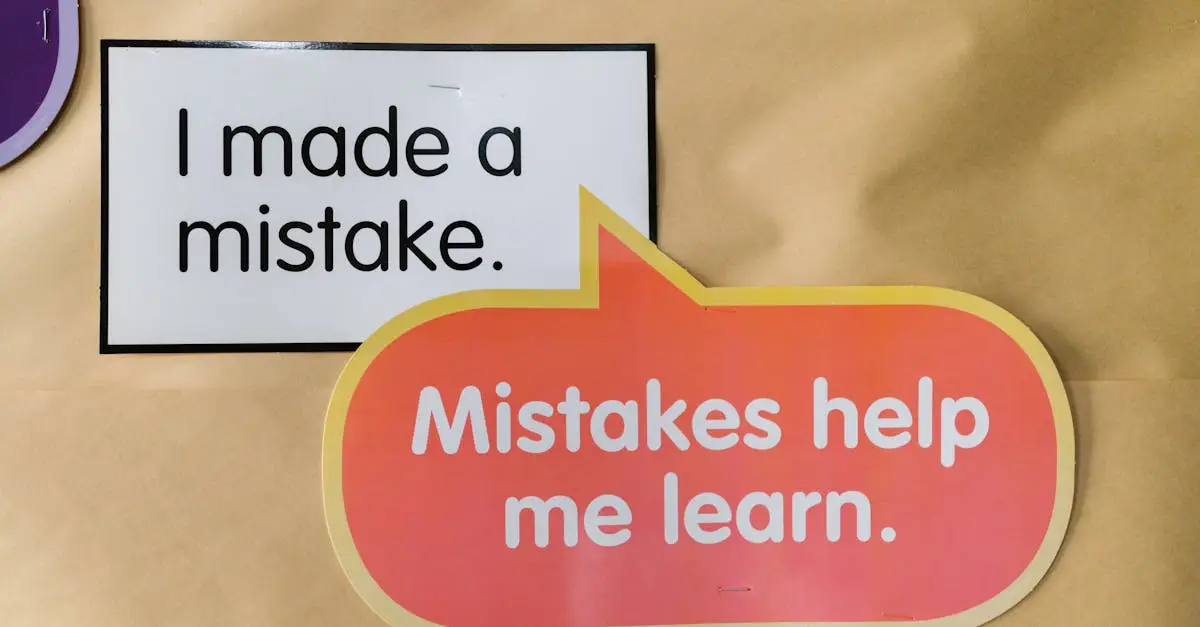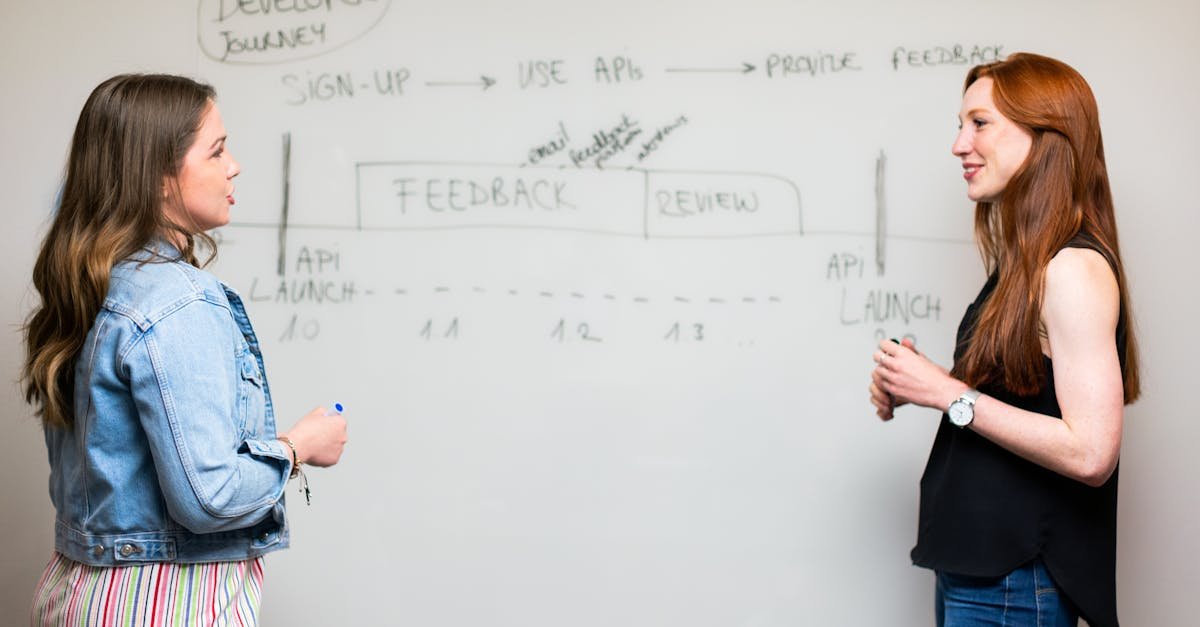Transforming GBS Operations: Lean Six Sigma Success Unveiled
Ever find yourself bogged down in bureaucratic bottlenecks? Or perhaps you’re knee-deep in a tedious process that just drags on? Trust me, I’ve been there. After 20 years in the shared services game, I know what operational fatigue feels like. It can feel like you’re running on a hamster wheel, putting in effort but not seeing results. Let’s talk about transformation. Leveraging Lean Six Sigma can feel a bit like finding a cheat code in a video game. You take the chaos, simplify it, and suddenly, you’re not just keeping up—you’re ahead of the game. Understanding Lean Six Sigma Now, what exactly is Lean Six Sigma? It’s a powerful method that combines Lean manufacturing principles with Six Sigma tools. What does that mean for us in shared services? Simply put, it’s about removing waste and improving quality. Lean: Focuses on eliminating waste without sacrificing productivity. Six Sigma: Aims to reduce variation and improve process control. The Benefits of Lean Six Sigma in GBS Look, we’re not just talking numbers here. Implementing Lean Six Sigma has tangible benefits: Increased Efficiency: Streamlined processes mean quicker turnaround times. Cost Savings: Who doesn’t love cutting costs while improving service? Employee Engagement: When processes are easier, work becomes more enjoyable. Real-Life Transformation Stories Let’s paint a picture with a story. Picture a shared services center drowning in paper-based processes. Everything seemed like a heavy lift, from approvals to simple communication. After implementing Lean Six Sigma, they mapped their processes, identified waste, and streamlined operations. Now? Approvals fly through in minutes instead of days. The team feels energized, and management reports massive efficiency gains. Steps to Implement Lean Six Sigma in Your Operations Ready to get started? Here’s a simple roadmap: Define: Identify the problem areas in your processes. Measure: Gather data on your current performance. Analyze: Dig deep to find root causes of inefficiencies. Improve: Develop solutions to eliminate these issues. Control: Put metrics in place to sustain improvements. Investing in Training and Culture If you want Lean Six Sigma to stick, you need buy-in from your team. Train your associates and senior associates. Create an environment where process optimization is part of the culture. Make it exciting—support your team with resources and tools they need to thrive. When everyone feels empowered, the transformation becomes a team effort. Watch Your Metrics Change As you implement Lean Six Sigma, keep a close watch on your key performance indicators (KPIs). You want to see: Reduced cycle times Lower costs Increased customer satisfaction The Road Ahead Every change takes time, and Rome wasn’t built in a day. Embrace the journey of shared services transformation. It’s not just about the process but also about the culture. Visit THEGBSEEDGE blog for more insights on shared services transformation, innovation, and leadership. The world is always changing, and our operations need to evolve to keep pace. Lean Six Sigma is one of the best methods to ensure we stand out in the competitive arena. Embrace it, live it, and share your success stories. Final Thoughts In this fast-paced world, we need to work smarter, not harder. With Lean Six Sigma in your toolkit, the road ahead looks clearer. If you want to learn more, subscribe to THEGBSESGE blog for fresh takes on process optimization and shared services transformation.
Transforming GBS Operations: Lean Six Sigma Success Unveiled Read More »









